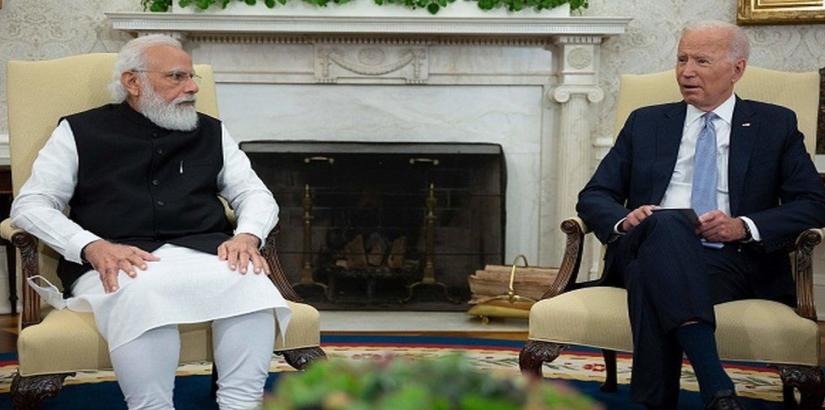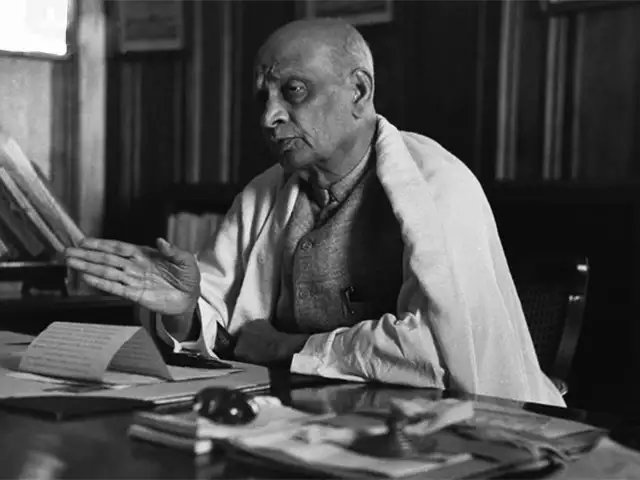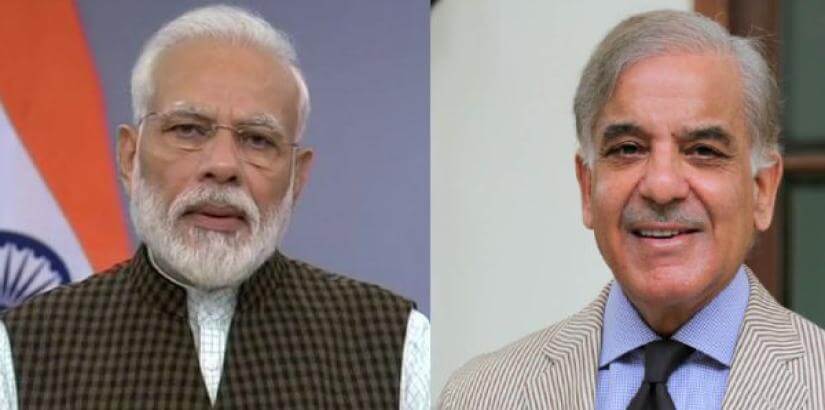KOLKATA: Though the BJP has increased its tally in the West Bengal Assembly from three in 2016 to 77 in 2021 – a substantial increase of 74 seats, but down from 121, as indicated by the 2019 Lok Sabha election results.
The BJP’s success in the last Lok Sabha elections was a result of extreme polarisation of Hindu votes under Narendra Modi-Amit Shah banner but in the 2021 Assembly polls, the saffron camp failed to retain the level of Hindu support it had secured then, thus ending up faring way below its own expectations and its performance in the last general election.
According to some major post-poll surveys conducted in the state, the BJP’s share of Hindu vote rose from 12 per cent in 2016 to 57 per cent, or nearly three-fifth of the total, in the last Lok Sabha elections, but surprisingly enough when the BJP was fiercely campaigning now to garner Hindu support, this came down to 50 per cent – a substantial erosion of 7 per cent which prevented it from reaching its desired target.
Interestingly enough, the Trinamool Congress, on the other hand, which had secured 43 per cent of the Hindu votes in 2016 Assembly polls, suffered a loss of nearly 11 per cent and came down to 32 per cent in 2019 Lok Sabha polls but surprisingly enough, it managed to gain the support of 39 per cent of the Hindu votes, including the chunk that the BJP lost.
This 7 per cent had a significant contribution behind the poll mathematics in the Assembly election. Besides the support of the Hindu vote, the Trinamool was successful in garnering the support of nearly 75 per cent of the Muslim and that gave them this convincing victory in the election.
The BJP camp might try to find out the possible reasons behind the shift of loyalty of a portion of Hindu vote but one thing is certain that the NRC and the CAA didn’t go down well with the lower Hindu castes of the state.
Though BJP was successful in retaining the allegiance of the upper castes but the lower castes like the Matuas, and the Mahishyas and the tribals have defected from the saffron camp. A little example will be easy enough to drive home the point.
When in the 2019 Lok Sabha elections, the BJP won 69 of the 84 SC/ST seats of the state, in 2021, this number came down to 40 – a loss of 29 Assembly constituencies. Though the BJP maintained its dominance in the Junglamahal and north Bengal but they failed to retain their presence in districts like North 24 Parganas, South 24 Parganas and Nadia.
The Mahishyas and the Matuas are mainly refugees who came to Bengal from Bangladesh long back, and the Trinamool was successful in convincing these people that if the BJP comes to power, then they will implement the NRC and the CAA and this will put their life in jeopardy. The fear of going to the detention camp or to another country compelled these people to concentrate under the Trinamool banner and so the BJP’s performance in these three districts was pathetic.
According to some senior BJP state leaders, the party’s aggressive campaign to polarise the votes on religious lines also didn’t pay well. A senior BJP leader who was also part of the election strategy team had also warned the top BJP leadership not to go for an all-out campaign but he was not heeded.
“The Left rule in the state for 34 years has some residual effects on the voters and we cannot deny that. The Left Front in their 34 years rule and before has strictly followed a secular and non-religious stance. The Left leaders maintained an equal distance from both Hindu and Muslim religious festivals. We cannot deny the fact a large portion of the educated middle-class Bengalis and large portion of the senior citizens who are above 60 years are product of this Left movement and they certainly chose the Trinamool above BJP,” a senior BJP leader said.







